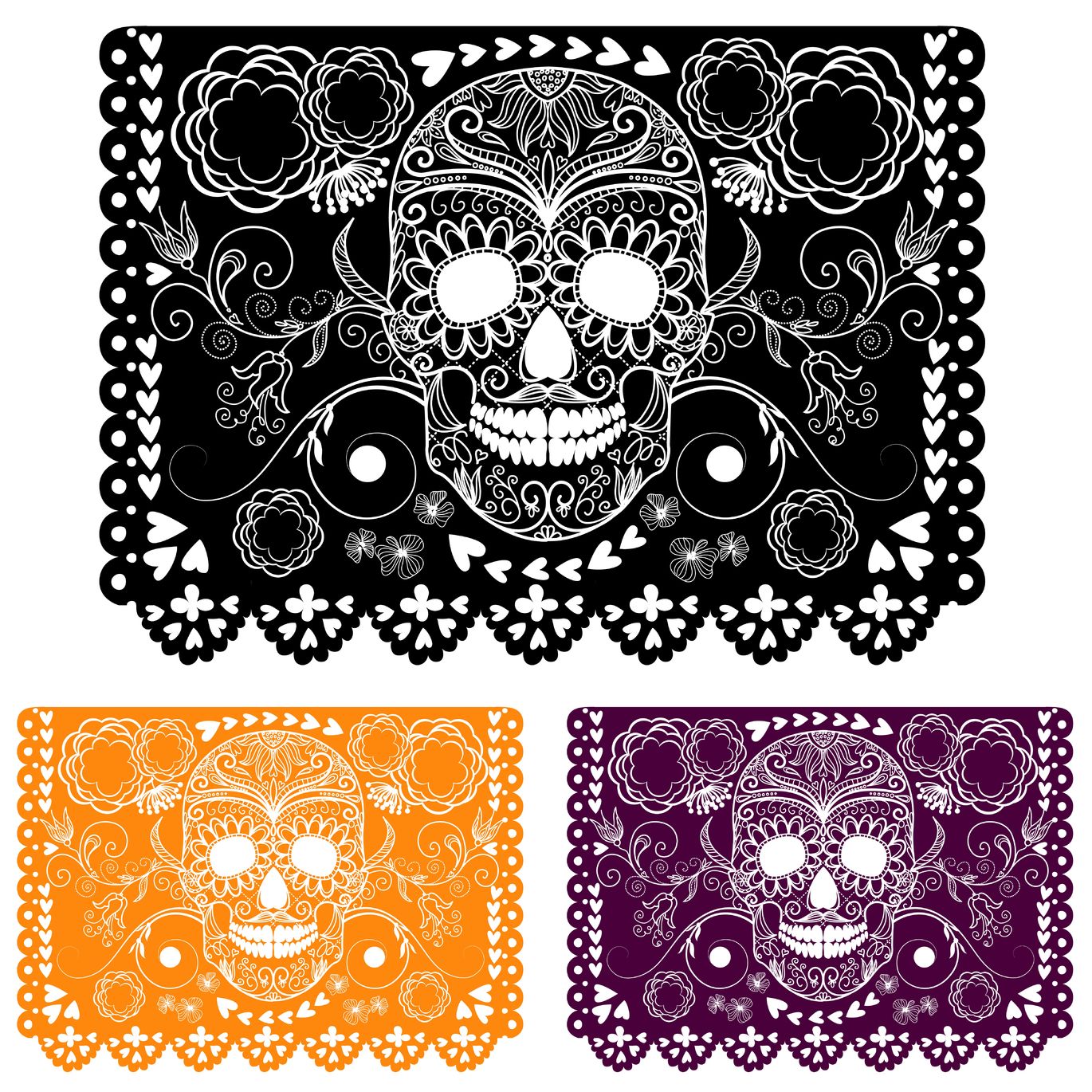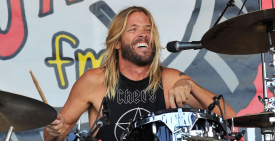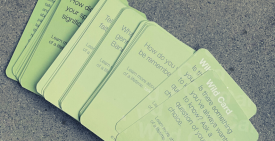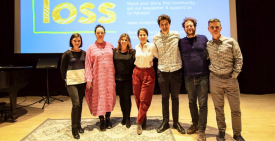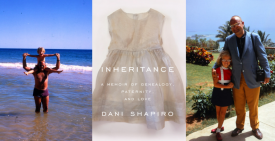Let me put it out there: I am a huge Halloween fan. Like, a make-your-own-costume-no-matter-what fan. So I don’t write lightly that what comes after Halloween now means more to me than the night where I create excuses to approach total strangers for Goobers handouts.
For the first few years after my parents died, I spent way too much time focusing on their date of death, that dreadful day that always looms from afar signifying the moment when sh*t went down and your foundation imploded. Let’s just say those days were not awesome for me (or anyone else within a several foot radius, for that matter).
After a few years, though, I was exhausted from forcing myself into a 24-hour abyss. In search of a less depressing outlet, I tried out Día de los Muertos, the Mexican holiday that believes the spirit of the dead visit their families on October 31 and leave on November 2. An entire country — heck, most of Latin America — celebrates, remembers and prepares special foods in honor of those who have departed, often at the very gravesites where their bodies lie.
Turns out celebrating the life of someone I loved on a day that she was supposedly visiting me rather than focusing on mourning her on the day that she left was an empowering and positive experience that actually made me feel closer to my mother’s energy than I did beforehand.
I attribute my embrace of this new tradition to a) being an honorary Latina who lived in Venezuela and Spain and b) discovering my mom’s copy of Mezuzah in the Madonna’s Foot, which chronicles the history of “secret Jews” throughout the American Southwest and Latin America (in spite of all proof pointing to my family coming from the shtetl, I’m convinced I have ancestry deep in Andalucía). And I didn’t even have to go to the cemetery, located outside Philadelphia, to do it. I hacked Día de los Muertos by simply turning up the Lou Reed (my mom’s favorite), eating Rita’s water ice, sharing fun anecdotes about her with friends, and visiting the Neue Galerie, one of her beloved NYC museums (afterwards rewarding myself with an ice cream sandwich, my childhood post-Philadelphia Museum of Art visit prize for correctly identifying a Modigliani).
I love this tradition. It connects me with the happiest memories, as they’re the ones I choose to embrace. I fully intend to include my as-yet-to-be-born children in it as an endlessly creative way to learn about their grandparents. After all, death is apparent in everyday life, but U.S. culture does a pretty sad job of enuring us to that reality. The end result: a landscape where many people feel queasy addressing loss in conversations with people who really need to.
I’ve slowly learned that if you live alongside the reality of death, you can accept it within your existence. Eventually, it becomes easier to incorporate happiness and joy into living with loss and mourning.
I’m not saying celebrating this way is easy for everyone. Perhaps you’re in a state of very recent loss, or long-term traumatic loss, where you can’t even bring yourself to watch TV or listen to music. Or shower regularly (written from personal experience). This is not only fine but also incredibly normal. But one day, when you’re ready for a change, give Día a whirl in your life, and let me know what you think.

